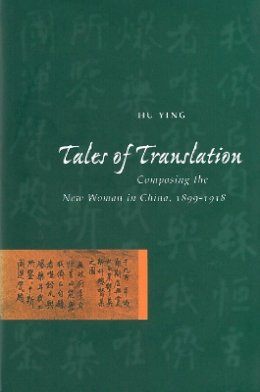
Tales of Translation: Composing the New Woman in China, 1898-1918
Ying Hu
The figure of the New Woman, soon to become a major signpost of Chinese modernity, was in the process of being composed at the turn of the twentieth century. This was a liminal moment in Chinese history, a period of great possibilities and much fluidity. At this time, the term xin nüxin or xin funü (the New Woman) had not yet achieved currency, for she represented an ideal yet to be fully articulated.
The cultural production of this period in China illustrates that the New Woman was constructed vis-à-vis her significant "others," whether domestic or foreign, male or female. To ... Read more
The late Qing era witnessed the translating, printing, and reading of a vast amount of Western literature, amounting to what has been called a "translation fever." The author focuses on the fictional and translational representation of a range of Western female icons, including Sophia Perovskaia (the Russian anarchist and would-be assassin of the tsar), the French Revolutionary figure Madame Roland, and Dumas's "la Dame aux camélias." In tracing the circulation and transformation of these popular figures through travel books, biographies, newspaper articles, oral performance scripts, and novels, this book narrates the complex relationship between imagining a foreign other and re-imagining the self. In investigating the very processes of translation, it provides a sustained analysis of the cultural and historical forces that produced the New Woman in China.
Show LessProduct Details
About Ying Hu
Reviews for Tales of Translation: Composing the New Woman in China, 1898-1918
